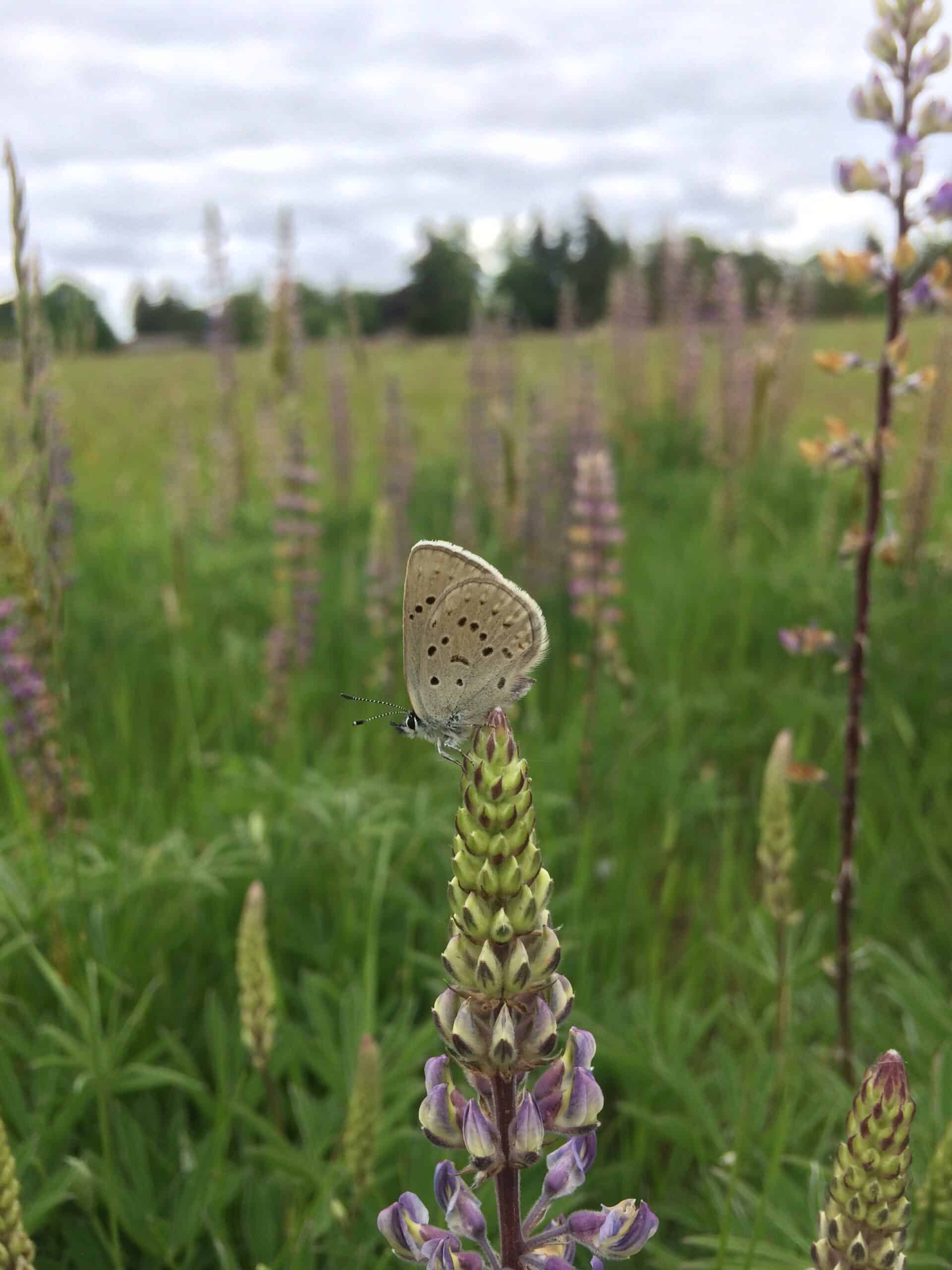Share this article
Climate impacts amphibians but isn’t main reason for decline
Researchers know that frogs, toads and salamanders have been facing steep declines in recent decades, but is climate change the main driver?
Putting together data from across North America, including studies of 81 amphibian species, researchers concluded that overall, it’s not.
“Climate does explain why some declines are more severe,” said David Miller, an associate professor of wildlife at Pennsylvania State University and lead author of the study published in Nature Communications. “But it doesn’t explain why amphibians as a whole are declining and whose decline is the worst.”
Miller and his colleagues, as part of a U.S. Geological Survey working group looking at climate and amphibian decline, collected amphibian research from around North America. They included 500,000 observations at more than 5,000 sites.
Then, the team collected climate data from the sites, such as water availability during breeding, summertime heat spells, humidity, snowfall and freezing data.
Using this information, they made predictions of what would happen to amphibian populations if the areas warmed. They found that changes in climate over the past 30 years do not account for amphibians’ steep declines. Changes in climate, especially in temperature, has both positively and negatively affected amphibians, they found.
So what are the reasons for these massive declines? Researchers are focusing more on deadly pathogens such as chytrid fungus and ranavirus, Miller said. But while climate may not be the primary driver, he said, his study has identified species and regions that appear to be more sensitive to climate.
“One of the areas we see this is the high altitude montane sites in the West,” he said. “Yellowstone, Glacier, Banff are all areas that our models would predict have had climate-related declines.”
Header Image: The spotted salamander (Ambystoma maculatum) is one of the amphibian species that has faced declines in the eastern United States and Canada. ©Brad Glorioso/USGS








